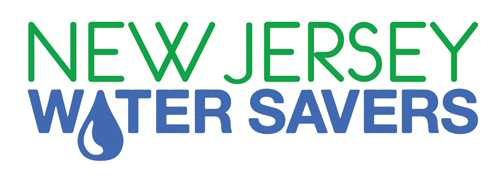NJ WATERSAVERS
![]()
Smart Irrigation Controllers
Background
Irrigation of lawns and gardens during the summer months creates a large demand on our water supply. Through the installation of Smart Irrigation Controllers, it is possible to better manage water use, thereby maintaining lawns and gardens without over watering. Smart Irrigation Controllers are irrigation clocks that automatically adjust irrigation run times in response to environmental changes. Smart Irrigation Controllers use sensors and weather information to manage watering times and frequency. As environmental conditions vary, the Smart Irrigation Controllers have the ability to turn off sprinklers automatically during rain, high wind, or low temperature. Smart Irrigation Controllers reduce outdoor water use by an average of 15 to 30 percent and can reduce over watering, which can cause fungal disease and inspection problems.
Controllers come in all types of shapes and sizes. It is essential that controllers are properly programmed to handle diverse landscapes and weather conditions. Unlike traditional controllers that allow the user to turn on and off the automated irrigation system, Smart Irrigation Controllers use sensors and weather information to manage watering times and frequency. As environmental conditions vary, the Smart Irrigation Controllers have the ability to turn off sprinklers automatically during rain, high wind, and low temperatures.
An estimated 13.5 million irrigation systems are currently installed in residential lawns across the United States. Of the 13.5 million units installed, the majority use a standard clock timer controller. Replacing a standard clock timer controller with a WaterSense labeled controller could save more than 10,000 gallons of water per household annually—that’s nearly 150 billion gallons per year across the United States. During the Fall 2010, New Jersey Water Savers, in partnership with East Greenwich Township installed a Smart Irrigation Controller on the Thompson Park Soccer Field. In addition to saving the municipality time and money, the installation of Smart Irrigation Controllers serves as an excellent example for the community to see the efficiency of this technology.
Traditional vs. Smart Irrigation Controllers
Irrigation equipment manufacturers developed this new smart irrigation technology over the past several years to address the issues above and to improve irrigation efficiencies.
Features |
Traditional Controller |
Smart Irrigation Controller |
Automated watering system |
X |
X |
Automatic shut-off when raining |
X |
|
Automatically determines watering schedule based on weather conditions |
X |
|
Does not require seasonal monitoring/changes |
X |
|
Uses up to 25% less water |
X |
|
Endorsed by EPA WaterSense |
X |
Smart Irrigation Controller Technology Parameters
When programmed correctly, Smart Irrigation Controllers help maintain a healthy landscape which consumes up to 50% less water than “traditional” time-based controllers. This technology has an on-site weather sensor that communicates current weather data on a regular basis back to the controller. The weather sensor is able to measure rain fall and temperature and compare it with the programmed historical data based on the zip code that is entered. As weather conditions change, the irrigation schedule adjusts accordingly on a daily basis.
Program options |
Parameters |
||||||
A. |
B. |
C. |
D. |
E. |
F. |
G. |
|
Light conditions |
Full sun |
25% shade |
50% shade |
75% shade |
Full shade |
None |
None |
Plant type |
Grass |
Annuals |
Ground cover |
Shrubs |
Trees |
None |
None |
Amount of slope |
0°-2° |
3°-4° |
5°-7° |
8°-Up |
None |
None |
None |
Soil type |
Sand |
Loamy sand |
Sandy loam |
Loam |
Clay loam |
Silty clay |
Clay |
Resources:
- WaterSense
- http://www.epa.gov/watersense/outdoor/index.html
- Rutgers NJAES Cooperative Extension. Landscaping for Water Conservation E080 ~ coming soon!
- Irrigation Association
- http://www.irrigation.org/

